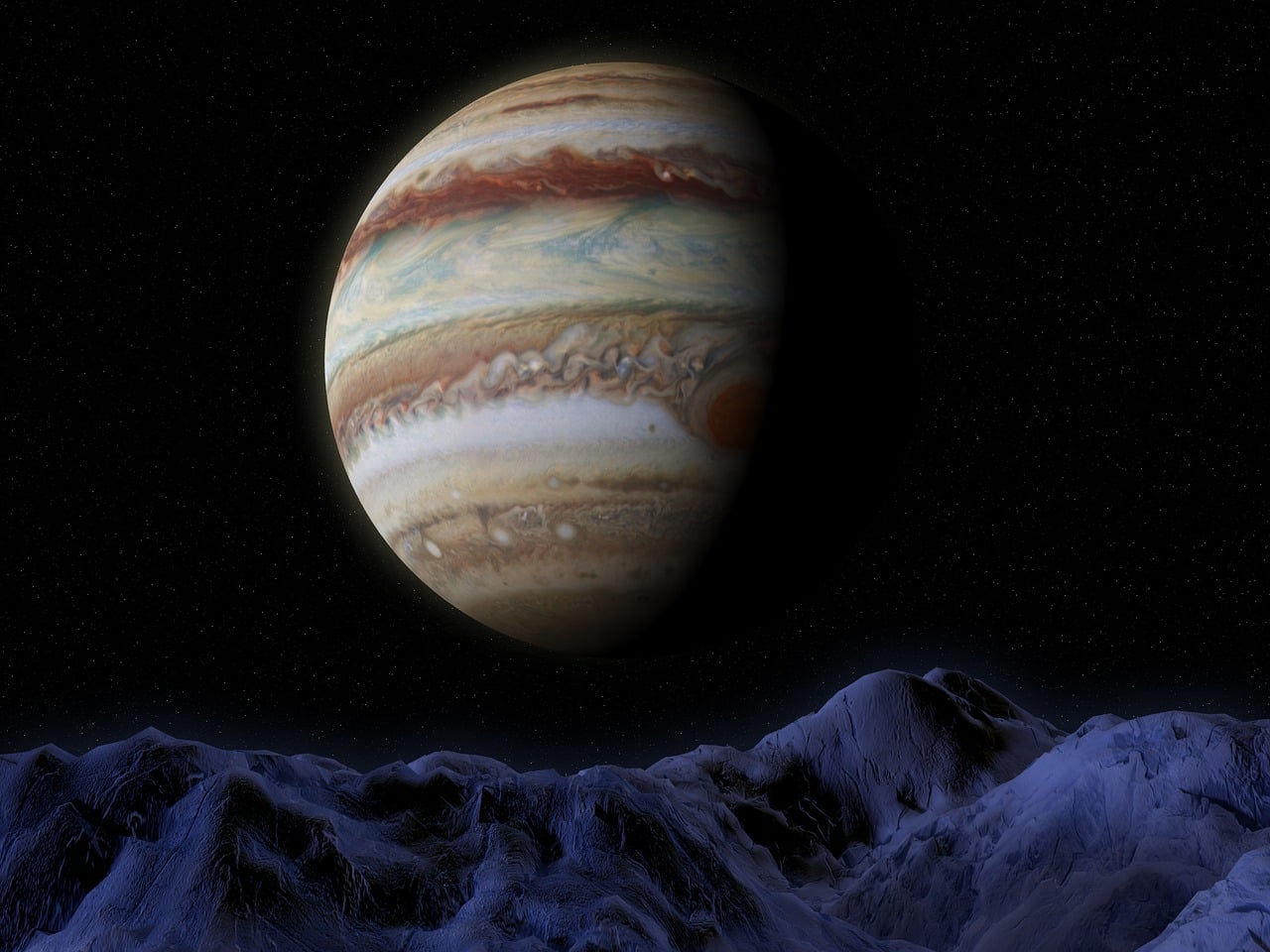While we won’t be getting any meteor showers at least until July, that doesn’t mean the night skies won’t be spectacular in June. Amateur astronomers may want to see Jupiter when it reaches opposition, which means the planet is in line with (or opposite to) Earth and the sun. With Jupiter at opposition, astronomy enthusiasts will even be able to watch its moons using standard telescopes or binoculars.
Jupiter is a gas giant and the largest planet in our solar system. It will appear bright to the naked eye in the night sky and will approach closest to Earth in mid-June. The largest planet in the solar system will be visible to everyone, even those in cities with a lot of light pollution, as long as the skies are clear. According to NASA, seeing Jupiter at opposition will be easy with binoculars or smaller telescopes. The planet will even be visible to the naked eye. If you have a slightly more powerful telescope, you may even be able to see the Great Red Spot, a colossal storm on Jupiter that now appears to be shrinking.
In a tweet and news release, NASA highlighted Jupiter’s opposition and other astronomical events that will take place in June. Jupiter rises at dusk and is visible the whole night. NASA added that more powerful telescopes will easily display the encircling clouds that surround the planet and make it look as majestic as it is.
What’s Up for June? ? Jupiter is up all night, while Mercury and Mars decide to get close, and the Moon reveals its tilted orbit. Downloadable video and transcript available at https://t.co/tPYUwcimlm pic.twitter.com/lPw2pIEyZ0
— NASA Solar System (@NASASolarSystem) June 3, 2019
Mars and Mercury will also appear extra close to each other just after sunset this month. Astronomy lovers can watch this in the night sky on June 17 and 18.
According to Earthsky.org, Jupiter will be the closest to Earth on June 12 at 3:00 UTC (11 p.m. Eastern June 11). The distance between Earth and Jupiter at that moment will be about 398 million miles. Jupiter’s opposition will occur on June 10 at 15:00 UTC (11 a.m. Eastern).
As Earthsky explains, Jupiter and Earth aren’t the closest to each other at opposition because of their orbits, which aren’t perfectly circular as many think. Instead, both planets’ orbits are nearly circular. They move around the sun on almost the same plane, but not exactly the same.
It takes Jupiter 11.9 Earth years to travel around the sun, while Earth makes a full orbit in one year. Earth is currently headed toward a perihelion of Jupiter, which means that as days pass, Jupiter is moving closer to the sun. Jupiter’s aphelion, the farthest point from the sun in its orbit, occurred on Feb. 18, 2018, while its closest point will be reached on Jan. 25, 2023. Earth’s perihelion occurs in early January, which means Earth is moving away from the sun.





